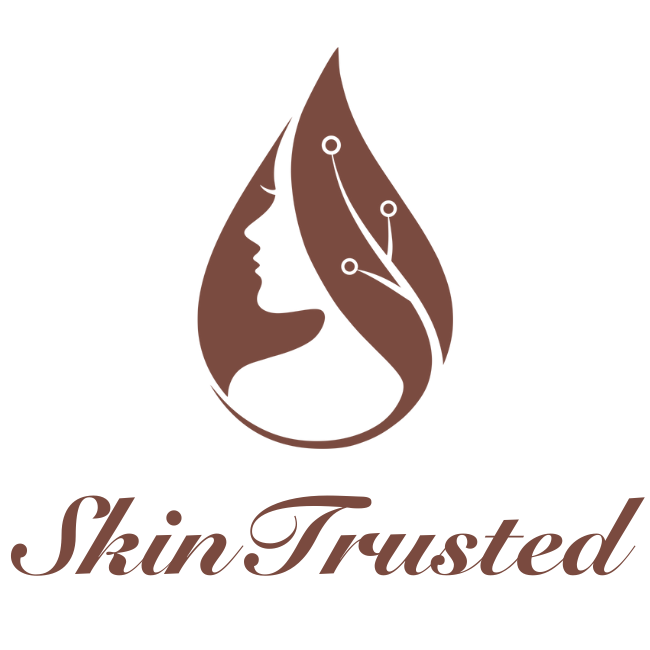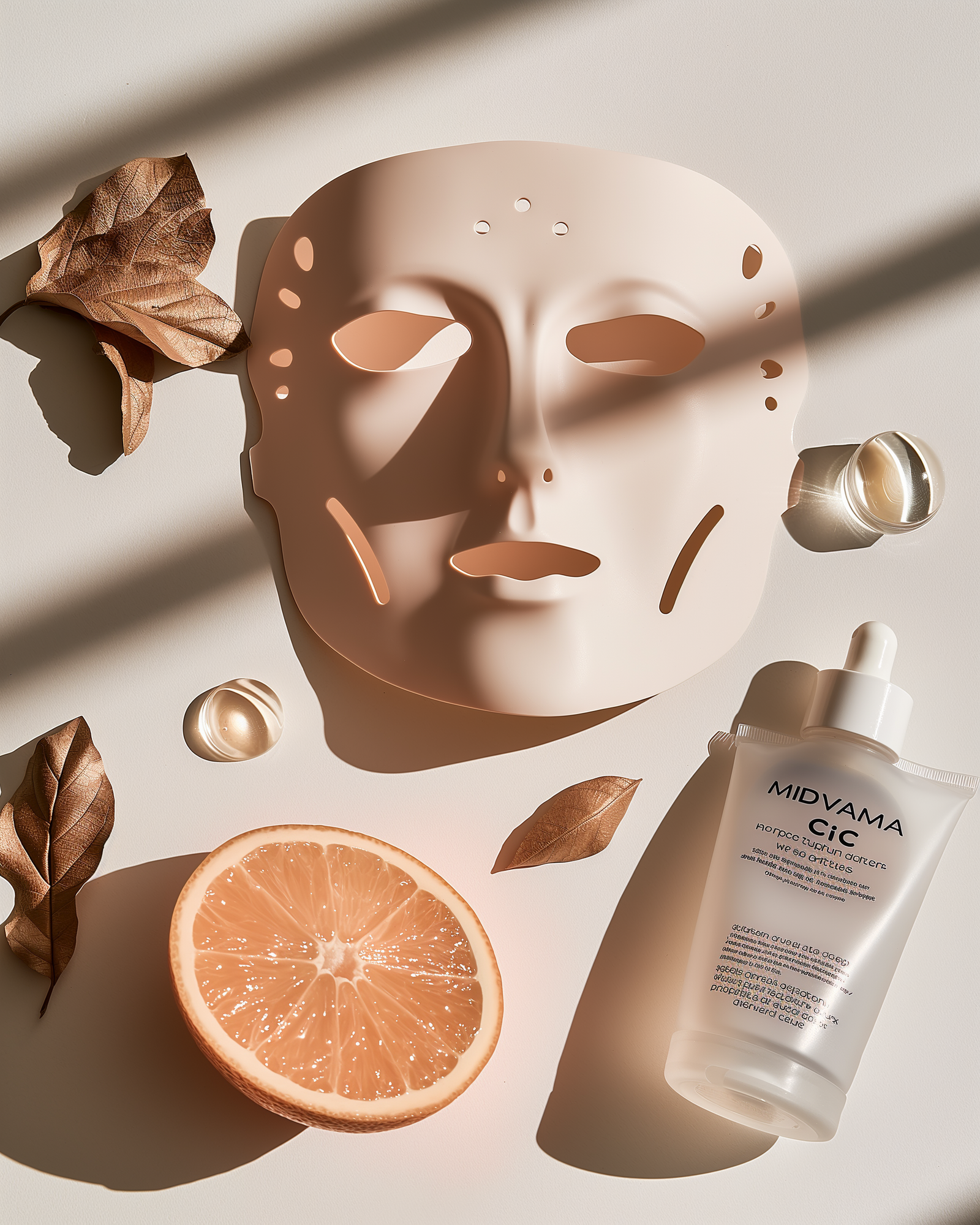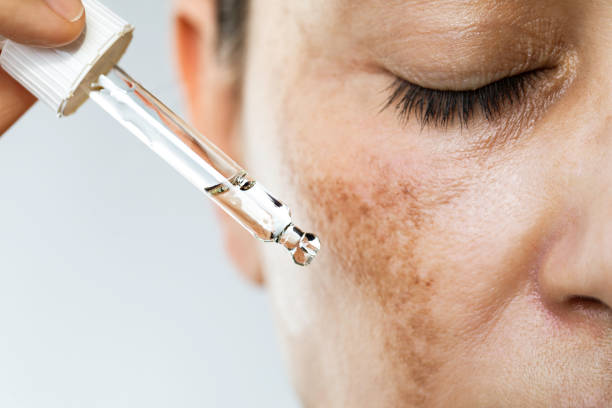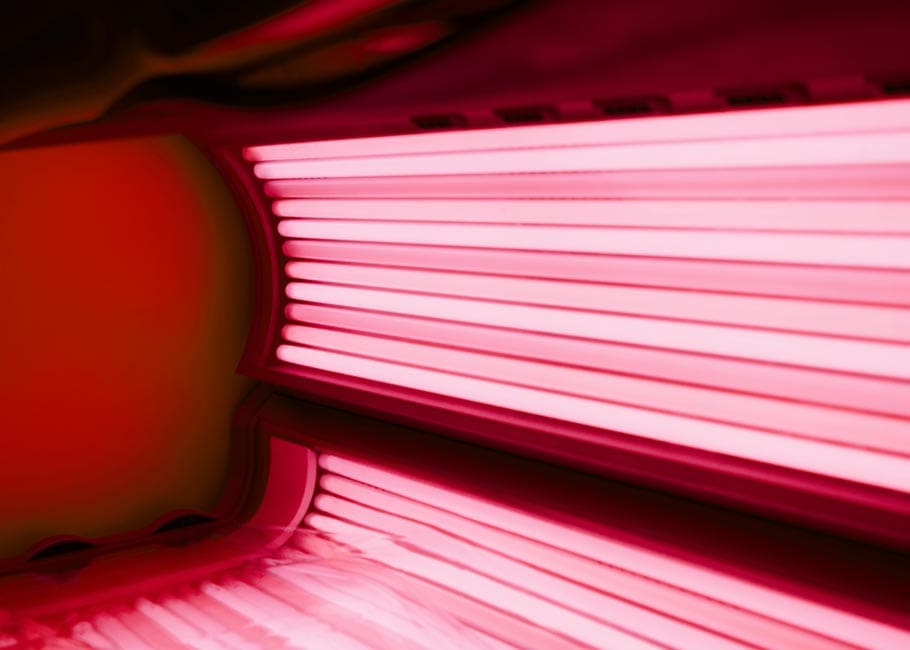
If you’ve been exploring the world of light therapy, you’ve likely come across terms like red light, near-infrared (NIR), and infrared (IR) used interchangeably. While they’re often grouped together, each of these light wavelengths targets the body in distinct ways and offers unique therapeutic benefits.
Understanding these differences can help you make more informed decisions about your skincare and wellness routine—especially when using versatile devices like the Skin Trusted Beauty Mask.
Red, Infrared & Near-Infrared: What’s the Difference?
These terms refer to specific points along the light spectrum:
-
Red Light (typically 620–750nm): Known for its skin-deep benefits, red light helps reduce inflammation, promote collagen production, and improve overall skin tone and texture.
-
Near-Infrared Light (typically 750–950nm): This penetrates deeper into tissues and supports cellular repair, circulation, and muscle recovery.
-
Infrared Light (above 950nm): Often associated with heat therapy, infrared light goes even deeper and is commonly used for joint pain relief and enhanced blood flow.
While each wavelength serves a different purpose, they can be even more effective when used together in a well-designed device.
A Smarter Way to Use Light Therapy
The Skin Trusted Beauty Mask is engineered to combine the benefits of multiple wavelengths all at the same time, including therapeutic red and near-infrared light. This makes it a comprehensive tool for:
-
Enhancing skin health
-
Stimulating collagen production
-
Calming inflammation
-
Supporting a more youthful, radiant appearance
Whether you're looking to reduce the signs of aging, improve skin texture, or simply treat yourself to a relaxing wellness session, using the right light at the right time makes all the difference.

Why Wavelength Precision Matters
While all light is not created equal, the precise wavelengths chosen for the Skin Trusted Beauty Mask are supported by extensive research and carefully selected for maximum skin rejuvenation and therapeutic benefit. Each wavelength is absorbed differently by the body, which means the depth of penetration and targeted outcome vary depending on the setting.
For example:
-
630–660nm red light is readily absorbed by the epidermis and upper dermis—ideal for stimulating collagen and addressing visible signs of aging like fine lines, uneven skin tone, and inflammation.
-
810–850nm near-infrared light penetrates more deeply, reaching the muscles and promoting regeneration from within. This makes it effective not only for skin renewal but also for calming stressed tissues and promoting circulation beneath the surface.
- 460nm blue light therapy uses the visible blue light spectrum to non-invasively influence certain behaviors in the skin and aid in the destruction of the P. acnes bacteria. P. acnes is a key bacteria associated with many acne conditions. Combining blue light therapy with red LED light is a popular treatment for acne, with studies suggesting that this combination may help regulate sebum production.
The Skin Trusted Beauty Mask harnesses all three, offering an ideal balance between surface-level glow and deep cellular rejuvenation. See our previous blog post on how red light therapy may decrease the risk of Deadly Blood Clots.

Red vs. Near-Infrared: What’s the Real Difference?
Whilered and near-infrared (NIR) light share many therapeutic benefits—including promoting healing, reducing inflammation, and even supporting metabolic function—their key difference lies in how deeply they penetrate the body’s tissues.
-
Red Light (630–660nm): Primarily affects the outer layers of the skin, making it ideal for rejuvenation treatments targeting theepidermis and upper dermis. It stimulates collagen and elastin production, supports capillary health, and improves the appearance of fine lines, acne, and dullness.
-
Near-Infrared Light (up to 850nm): Reachesdeeper tissues such as muscles, joints, and even bones. NIR’s penetration power makes it effective not just for skin, but also for promoting cellular repair at a more structural level—ideal for post-workout recovery, reducing inflammation, or soothing chronic tension.
- See our through breakdown on blue light therapy benefits here.
Unlike mid- to far-infrared (IR) wavelengths, NIR does not produce heat, making it safe and comfortable for use directly on the skin.

The Benefits of Red Light (630–660nm)
Thevisible red light spectrum is widely recognized for its ability to rejuvenate and repair the skin at the surface level. These wavelengths are especially effective for cosmetic and dermatological applications.
Proven Benefits of Red Light Therapy:
-
Improved skin tone and texture, and boosting athletic recovery
-
Accelerated wound, scar healing, and neuropathic pain
-
Soothing of chronic skin conditions like psoriasis and non melanoma skin cancers
-
Support in healing sun damage and stretch marks
Red light therapy works by stimulating mitochondrial activity within cells, helping them generate more energy (ATP), which in turn boosts cellular repair and turnover. This is why it's also shown promise in reducing swelling, neuropathic pain, and even improving recovery time for athletes.
Backed by Science
Clinical research continues to validate these benefits. In a landmark 2014 controlled trial, red light therapy was shown to significantly reduce wrinkles and improve collagen synthesis with consistent use—without any adverse effects. The study demonstrated noticeable skin improvements, reinforcing the science behind red light’s growing popularity in both medical and beauty spaces.
The Benefits of Near-Infrared Light (810–850nm)
Near-infrared (NIR) wavelengths gobeyond the surface—literally. Penetrating much deeper than visible red light, these wavelengths reach muscles, connective tissues, joints, and even bone, supporting healing and regeneration from the inside out.
The Skin Trusted Beauty Mask incorporates NIR technology specifically for its powerful regenerative effects, expanding its benefits well beyond the skin’s surface.
Advanced Healing at the Cellular Level
NIR light stimulates mitochondria in deeper cells, much like red light, but with greater tissue reach. This makes it ideal for addressing inflammation, pain, and deeper tissue repair. Studies have shown that NIR wavelengths can aid in ccelerated muscle recovery and reduced soreness, improved circulation to deep tissue structures, enhanced bone healing and joint support, and post-surgical recovery with reduced swelling and improved scar healing.
Brain and Nerve Health Potential
One of the most exciting and rapidly evolving areas of NIR research is its potential in supporting neurological health. In a pivotal 2016 review by photobiomodulation pioneer Dr. Michael Hamblin, NIR therapy was highlighted as a promising treatment for a wide range of brain-related conditions—from traumatic brain injuries to psychiatric disorders like depression and anxiety.
Emerging research suggests NIR therapy could also play a role in:
-
Support for neurological recovery, including traumatic brain injuries
-
Relief from psychiatric symptoms such as anxiety and depression
-
Reduced risk of infection and accelerated tissue regeneration
While more clinical evidence is needed, these findings open the door for broader applications of NIR light beyond traditional skincare and wellness.
Beyond skin-deep beauty benefits, near-infrared (NIR) light—particularly in the 800–900nm range—is gaining recognition for its remarkable impact on nerve cells and neurological health. Research increasingly points to NIR light as a supportive therapy for cognitive function, offering potential benefits in managing neurodegenerative conditions such as Alzheimer’s and Parkinson’s.
NIR light helps by improving circulation and oxygenation in brain tissue, reducing neuroinflammation, and stimulating nerve regeneration. These effects make it an exciting area of exploration for individuals with neuropathy, whether due to diabetes, injury, or chronic nerve damage. Many users have found relief through the use of targeted NIR therapy, which can help reduce discomfort and support cellular repair in the hands, feet, and other extremities.

The Benefits of Infrared Light (900nm+)
Infrared light therapy, particularly wavelengths beyond 850nm, offers deeper penetration into the body, delivering a range of therapeutic benefits. This therapy is commonly utilized in infrared saunas, which typically operate within the 1000nm wavelength range.
An intriguing aspect of infrared light is how the human body responds to these longer wavelengths. Rather than perceiving the light itself, the body interprets these wavelengths as infrared heat.
When infrared waves interact with your body’s tissues, they cause the molecules to vibrate, generating heat and elevating body temperature. This heat effect can stimulate local blood circulation and relieve muscle tension, which is one reason why infrared saunas have gained such widespread popularity worldwide.
Infrared therapy, when used carefully, may be beneficial for:
-
Cancer treatment (when used in photoimmunotherapy)
-
Alleviating chemotherapy side effects
-
Accelerating brain healing post-injury
However, it's important to consult with a healthcare provider before using infrared therapy, especially for those considering infrared saunas.
While infrared light therapy (wavelengths over 900nm) is known for its deep penetration and positive health effects, it should be used with caution to avoid thermal damage to cells.
Our Skin Trusted Beauty Mask utilizes wavelengths that peak at 850nm, so users can enjoy the benefits of infrared therapy without the risk of excessive thermal effects.

Red vs. Near-Infrared Therapy ... so which is best?
The greatest benefits could come from a combination of red and NIR light. This devices feature a blend of the most effective red and near-infrared (NIR) wavelengths, delivered in a precise ratio designed for comprehensive treatment—from skin to deep tissue. Additionally, they incorporate 460nm blue lights, which offer additional therapeutic benefits.
For optimal results, consider the Skin Trusted Beauty Mask.
Feel free to reach out if you have any questions about how we can support you in achieving peak health! Check out one of our other articles discussing how to choose which mask is best for you.



